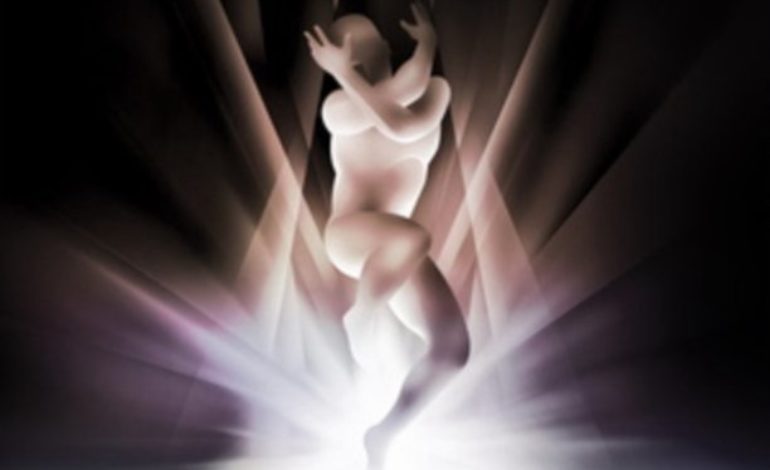

An unexpected new iteration of the melancholia
Billy Corgan. That spectral moon-faced figure, clad in black, suspect to the practice of necromancy, tonsured to the quasi-religion of his own musical craft. 11 studio albums later, he’s enigmatic as ever, but possibly more than ever with this genre revisory suckerpunch of a new full-length Smashing Pumpkins LP, Cyr. It’s got 20 songs and a Metropolis-like art deco cover. It features the original lineup, minus bassist D’arcy Wretzky, plus new-ish guitarist Jeff Schroeder. Yes, nothing too abnormal to the Pumpkins…but, they veer from the main course of what they’ve not only come to be known for but pioneered in their formative days. That ‘90s grunge goth is substituted with some brand of synthpop, an NBD for the band. Everyone loves when an artist picks up a new medium, but it sounds like they’re cosplaying this genre, creating a pastiche rather than a contribution. Although, that may be somewhat of an oversight in lieu of the band’s previous output which stands as the antithesis to this new renovation.
At the outset, a percussive line could easily be mistaken for a preset drum track issues forth, a haunt from the ‘80s; the same drum track keeps the rhythm throughout the rest of the tracks. A supernal guitar lets out wispy licks and then that instantly recognizable and inimitable voice of Corgan’s comes on in “The Colour of Love.” The hard hits of the drums really induce some head-bobbing, sometimes ceasing to emphasize Corgan’s voice in intimate pauses but coming back to undergird the whiny refrain “…and the colour of your love is gray.” By the second song, “Confessions of a Dopamine Addict,” people can discern that his voice sounds forced as if he’ still learning to walk in this unfamiliar form, stumblingly taking those toddler steps as the timeworn symbols of love are sung, albeit with a dash of emo sensibility: “take a diamond, slice it through your heart.”
The synth-centric title track, “Cyr,” cloys with pop kitsch. It sounds like Corgan was voice-coached by Adam Levine. It’s slightly funky and has danceability to it, thanks to the sweetly simple triadic synth hook tempered by a sumptuously slow decay people can let themselves sink into. It’s a bona fide paragon of pop.
There’s also female backing in most of the tracks (“Dulcet in E,” “The Colour of Love,” “Ramona”), sometimes autotuned, like on “Wrath,” which accentuates the digital component of the album on a wholescale. It’s another slow song, in a minor key and doleful, but this one adds its own spin to it–it’s bright and electronic, and also nurses an iota of folk in there.
A couple tracks break up the monotony of the synthpop singles with something a little more authentic to their original sound. “Wyttch” signifies that jarring 180 from the more mellow dandyism of pop. Instead of lovey-dovey matters sung in the key of pedestrian, the chug and throb of an orotund guitar dominates the track, temporarily spooking the previous stuff to cower in a corner. It booms and bellows but is muzzled by pervading brightness coming back out of its corner, making it heavy metal defanged. “Purple Blood” still carries that diluted darkness over through power chords and with all the philosophy of an international popstar on world tour. It’s still pretty catchy though, somehow shaping EDM-style drops from the nonelectronic instruments.
Overall, most of the songs in Cyr don’t really take off, but instead remain safely at the same consistently flat wavelength, lacking the luster to reach the luminosity it seems to strive for. There are a couple exceptions out of the 20 tracks, and each track still kind of dazzles, spinning melancholia as lighthearted and glitzy. But, it comes off as a dimmed dazzle like airglow, just a hint of light in the gloaming some distance away that that light-shadow leads to but doesn’t ever successfully arrive at. The instrumentation, although prim and laser-tight and catchy, loses its effect through overexposure, nearly all tracks incorporate the same stock synthpop moves siphoned from the pioneers of the ’80s, and in the process, the band sacrifices their intrinsic sound for this. It’s not as if artists lack the license to transmogrify, sometimes a complete artistic makeover suits an artist in a way no one saw coming and previews a new chapter of their growth. The Pumpkins either need to undergo a renaissance or go back to the drawing boards. Or, maybe this’ll be remembered as their cult-favorite album.
